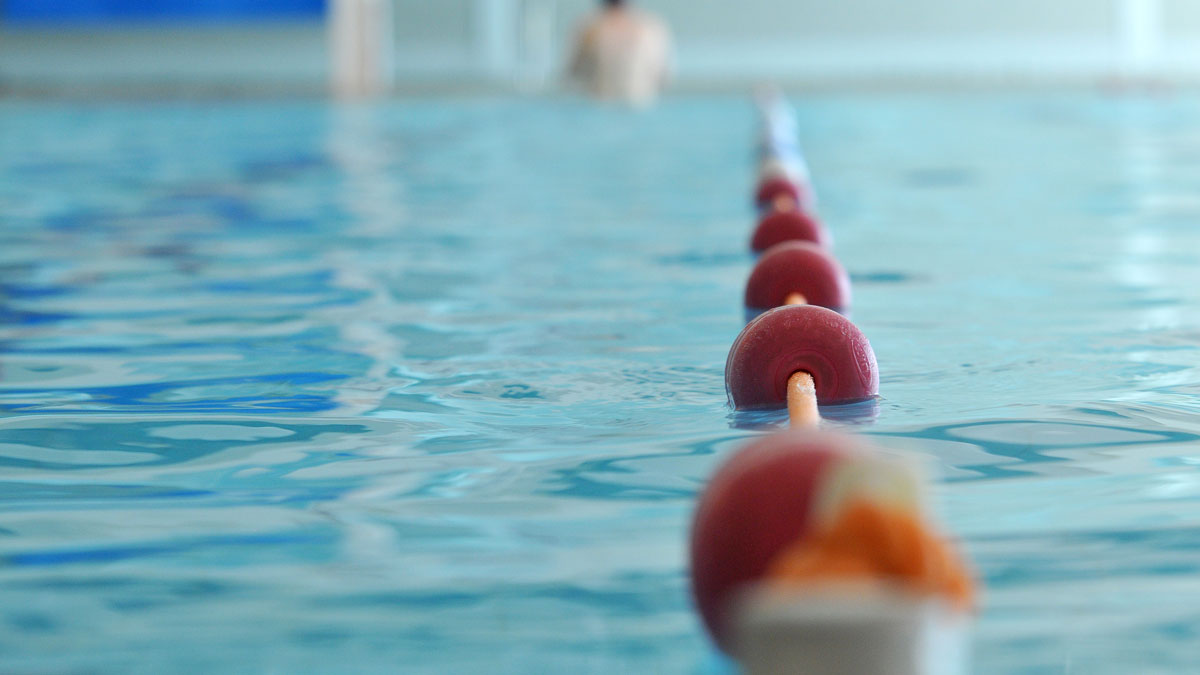
Guidance on chemical storage and handling
6 April 2022With more challenges being thrown at swimming pool staff across the country, the Swim England Facilities team have pulled together some helpful reminders about chemical storage and handling below to support your teams.
Proper pool chemical storage and handling are imperative to avoid harmful reactions, mixing and spills. Employers are responsible for controlling substances that are hazardous to health.
For all water treatment standards and best practices, pool owners and operators should visit the PWTAG code of practice.
- Risk must be assessed for each chemical; assessment should be done by a competent assessor. The assessor needs to know how the chemicals are used, the likely impact of a chemical accident, and risks to health arising from microorganisms.
- Suitable information, instructions and training for employees operating the pool water treatment plant room and the equipment.
- Ensure that a risk assessment of the pool water treatment plant room is completed.
- Relevant safety systems (e.g. chlorine gas detectors, fire/smoke detectors), safety equipment and personal protective equipment should be in the plant room.
- Chemicals should be stored in separate rooms, where there is no risk of fire or overheating.
- Sufficient space for liquids to be stored in separate bunded areas capable of taking 110% of the volume stored.
- Containers should be kept securely closed, cool and dry.
- Chemicals supplied in paper or plastic sacks should be stored in plastic bins before opening, and securely closed after use.
- All chemicals generating chlorine in contact with water (calcium hypochlorite, isocyanurates and bromochlorodimethylhydantoin) need to be kept cool below 30 ̊C, in closed containers and away from dampness and contamination by organic materials such as grease.
- Some chemicals react with strong acids and some with alkalis.
- Do not attempt to mix chemicals, even apparently similar types.
- Use chemicals only in the specific circulation feeder designed for them.
If you have any questions about any of the guidance then email the facilities team at [email protected]
 Swim England
Swim England